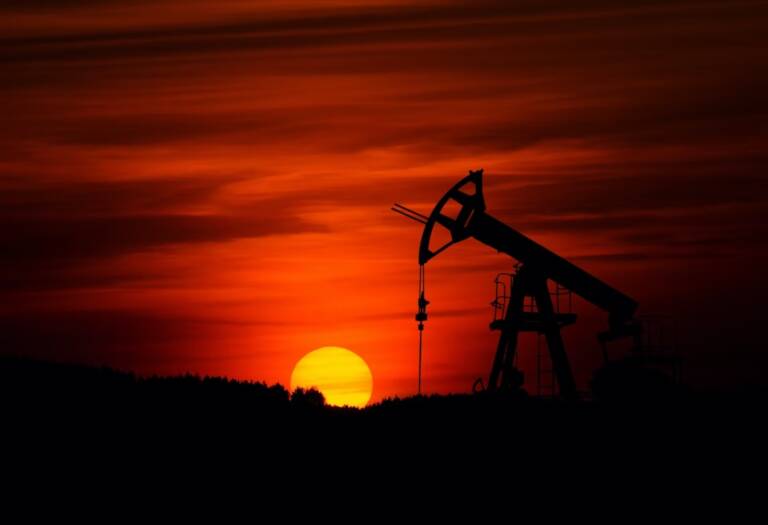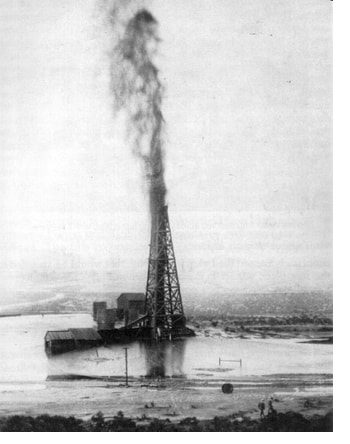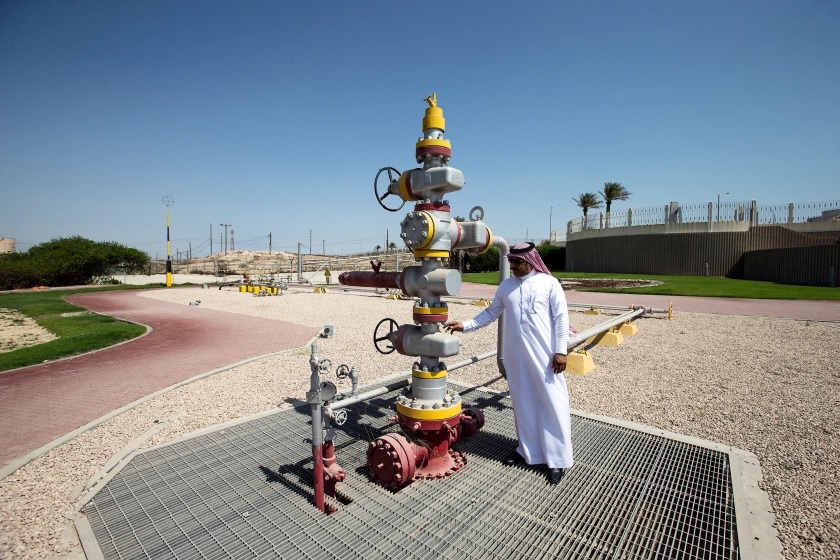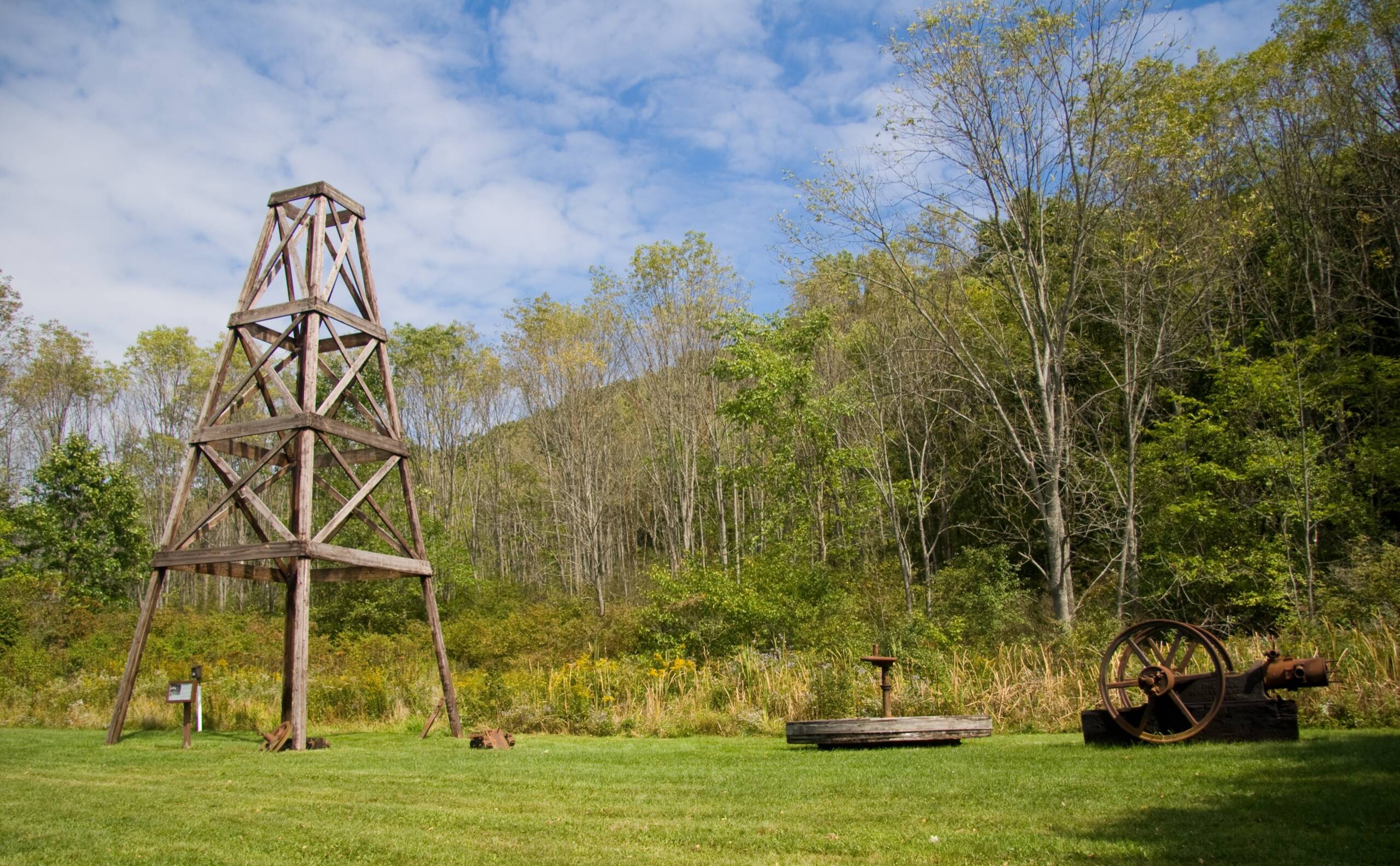The 9 most impactful discoveries in the oil sector

It is believed by many that the beginning of the crude oil industry was marked in the United States with the discovery of the Titusville well in Pennsylvania in the 1860s. In fact, several oil discoveries had already been made in Azerbaijan a decade earlier.
- “ The Black City” In 1846, an oil well was drilled in what is now Azerbaijan's capital, Baku. At the time, Azerbaijan was part of the Russian Empire and oil was actually discovered in Baku in the 1820s. Eventually, Baku acquired the nickname Black City for its oil wealth.
As of today, Azerbaijan possesses oil reserves estimated at about 7 billion barrels and produces over 800,000 bpd. Most of this production is exported, as the country's domestic consumption is relatively low due to its size. - The Beginning of American Oil In 1859, a man named Edwin Drake drilled the first oil well in America. According to historical sources, it was also the first well actually drilled rather than excavated, since until then the oil was extracted from infiltrations in the ground. Oil Creek in Titusville, Pennsylvania marked the official beginning of the American oil industry. The first well was less than 70 feet deep and ignited a gold rush that would transform the United States into the largest oil producer in the world.
- Oil Springs Texas. The first results of the new gold rush, the Black Gold Rush, came a few years after Drake's discovery in Pennsylvania. Four months after the discovery, another adventurous gentleman, Lyne Taliaferro Barret, began prospecting for oil in eastern Texas, in an area called Oil Springs. As sometimes happens, the timing wasn't the best. Barret had not yet discovered oil when work on the well had to be halted for reasons such as the Civil War and Texas's secession from the Union. Work resumed after the end of the Civil War and Barret found oil in 1866. This was the first oil well in Texas.
- The Era of the Gusher If there is one discovery that is arguably more famous than the first two oil wells in America, it is Spindletop: the first gusher. A "Gusher" is a well which, when drilled, creates a real petroleum geyser. There is no better name for one of the world's largest oil discoveries. On January 10, 1901, a geyser of crude oil erupted from Spindletop, Texas, and the well ended up producing a staggering 100,000 barrels a day, a rate not quite common in those days. If the discovery of Oil Springs marked the beginning of oil production in Texas, Spindletop gave the impetus that made the Texan industry what it is today

- Oil in the Middle East The first oil well in the Middle East was not discovered, as one might expect, in Saudi Arabia. This happened later. Oil was first discovered in Persia, now Iran, thanks to a Briton, William Knox D'Arcy, who had obtained a 60-year concession from the Iranian government. D'Arcy financed the operation, which began in 1903, while drilling was carried out by George Bernard Reynolds, an already prominent petroleum engineer. The Masjed Soleiman field was discovered in 1908 and peaked in 1928. Incredibly, the field is still producing today, but 2023 is expected to be its last year. The discovery led to the creation of what we know today as BP, one of the largest oil companies in the world.
- The Rise of the Desert Kingdom Three decades after the discovery of the Masjed Soleiman field, American engineers at Standard Oil found oil in the desert peninsula known as Saudi Arabia. It was 1938 and nobody knew that a new star was being born. Dhahran's discovery turned out to be the largest in history up to that point and changed everything, not only for Saudi Arabia but for the whole world. From a largely nomadic people and indifferent to world affairs, the country transformed into the world's largest oil producer and held this crown for decades. At the same time, the Dhahran discovery marked a further step on the Middle East's road to becoming the world's major oil supplier. Oil discoveries followed in Iraq, Kuwait and the United Arab Emirates, some of which still remain the largest fields in history.

- The South American oil jewel The coastal field of Bolivar was discovered in 1917 by Shell and still remains one of the largest in the world. In 1958, the field was producing more than 1.4 million barrels per day and its reserves were estimated at 11.1 billion barrels. The field was the first to sink in the Maracaibo Basin, a massive oil field located largely under Lake Maracaibo in Venezuela. The basin below the lake contains a substantial portion of Venezuela's total oil reserves, which are the largest in the world.
- The Last Majors Most of the world's major oil discoveries were made before the end of the 1980s. Since then, discoveries of huge deposits have been halted. Since then, the discoveries of huge fields have been negligible in terms of numbers. Indeed, the only truly major oil discovery of the last 30 years was that of the Kashagan field, in the Kazakh section of the Caspian Sea. The field has a peak production capacity of 380,000 bpd, which was achieved in 2019. The field's development has not been without its problems, cost overruns and delays, but it continues to contribute a substantial portion of Kazakhstan's oil production.
- Guyana and the future Guyana's rise to prominence as a new oil hub dates back to the days of the great oil discoveries. Exxon and Hess have extracted 11 billion barrels of oil reserves in the Stabroeck block and continue to find oil. Guyana's current production is 360,000 bpd, double what it was less than two years ago. For 2030, a production of 1.6 million barrels per day is expected.
What was the biggest oil discovery?
The largest oil discovery to date is the Ghawar field, located in eastern Saudi Arabia. It is estimated to contain up to 75 billion barrels of oil reserves and has been in production since 1951. However, it is worth noting that new discoveries and technological advances could potentially exceed this figure in the future.Who discovered oil first in the world?
It is difficult to attribute the first discovery of oil in the world to any single person or culture, as oil has been known and used for various purposes for thousands of years. Ancient Sumerians, for example, used asphalt to waterproof their boats, and oil seeps were used for medicinal purposes in ancient Egypt and China. However, the modern oil industry is believed to have originated in the mid-19th century, with the first commercial oil well being drilled by Edwin Drake in Pennsylvania, USA in 1859.What is the deepest oil that has been found?
The deepest oil well in the world is the Z-44 Chayvo well, located on the island of Sakhalin, Russia. It was drilled by Exxon Neftegas Limited in 2005 and has a depth of 12,376 kilometers. It is known as an "extended reach" or "horizontal" well because it extends horizontally more than 11 kilometers (6.8 miles) under the seabed. The oil is located in the Sakhalin-1 project area in the Sea of Okhotsk, near the coast of Siberia.

Thanks to our Telegram channel you can stay updated on the publication of new articles from Economic Scenarios.
The article The 9 most impactful discoveries in the oil sector comes from Scenari Economici .
This is a machine translation of a post published on Scenari Economici at the URL https://scenarieconomici.it/le-9-piu-impattanti-scoperte-nel-settore-petrolifero/ on Sun, 07 May 2023 12:34:31 +0000.

